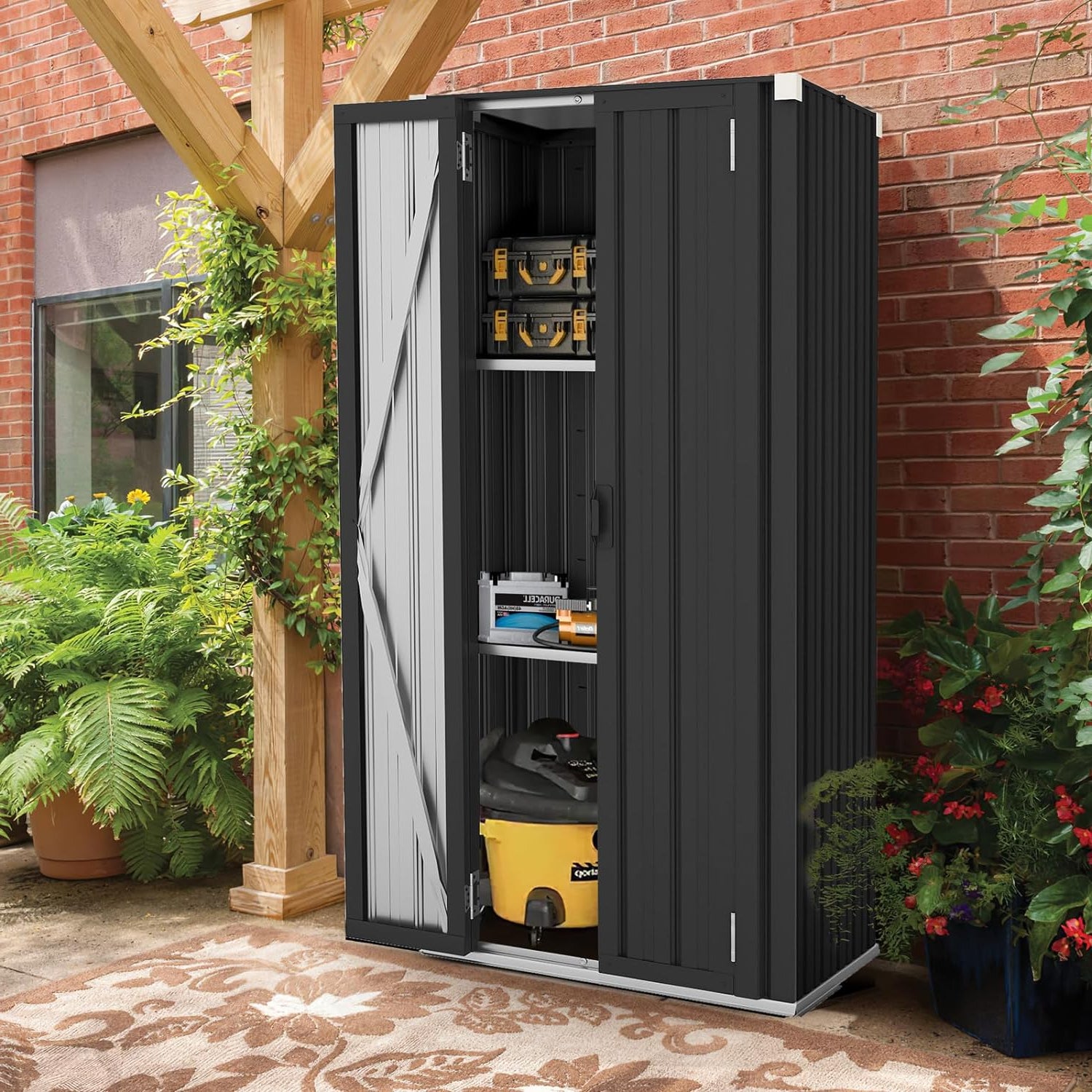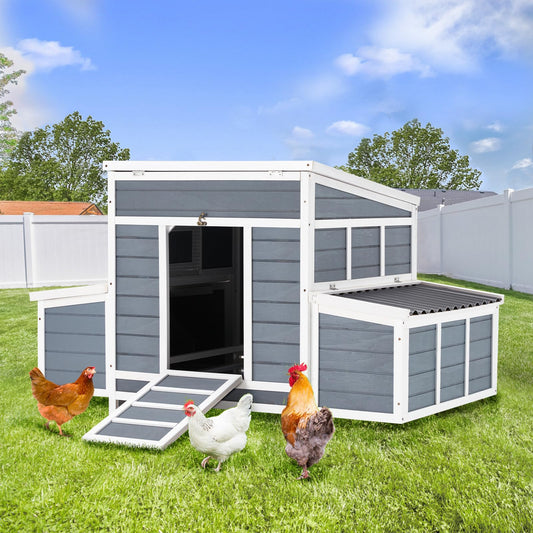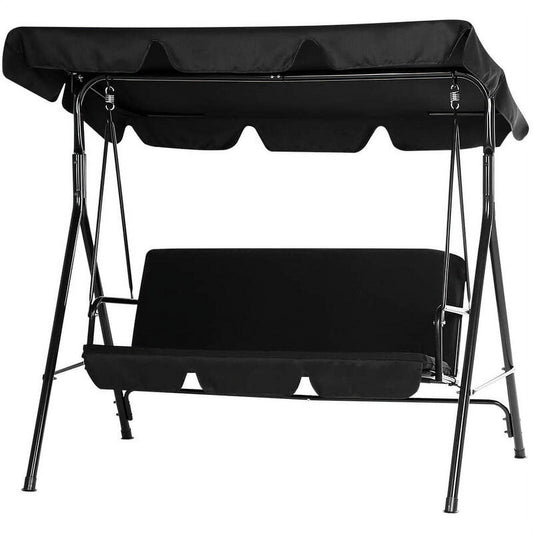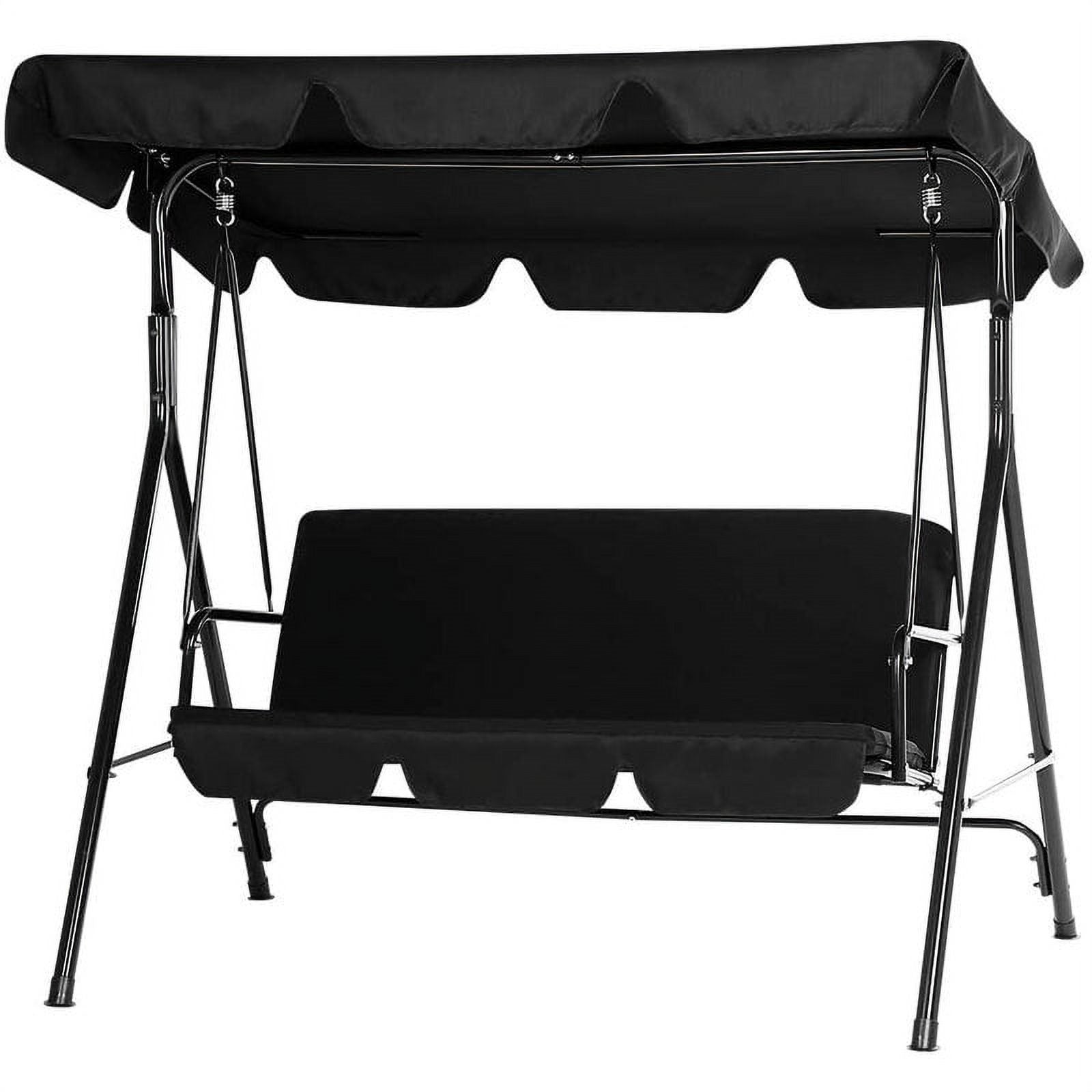Introduction: Why Raise Your Pergola Height?
Feeling like your pergola makes the space feel a little too closed in? You're not alone. Many homeowners consider raising their pergola height to improve air circulation, create a more open and spacious vibe, or make room for hanging lights, ceiling fans, or taller outdoor furniture. Sometimes, it's just about making the structure better match a new patio layout or aesthetic upgrade.
But is it really possible to raise a pergola without tearing everything down? Can you do it yourself without spending a fortune—or compromising safety? In this guide, we’ll walk you through practical, budget-friendly methods to increase your pergola height the smart way.
Can You Raise an Existing Pergola?
Yes—you can raise an existing pergola, but before doing so, it’s important to assess the type of pergola you have and whether the structure can safely support the change.
Which Pergola Types Are Easier to Raise?
-
Wooden Pergolas
Usually the easiest to modify. You can extend the posts with wood joiners or post risers, and they’re often more forgiving to structural changes. -
Metal Pergolas (Steel or Aluminum)
Technically feasible, but adjustments require precision. Many come with pre-set frame connections that may limit how much you can safely raise them. -
Prefab or Kit Pergolas
Raising height on these is tricky. Some kits are not designed to be altered after assembly, and doing so might void warranties or reduce structural integrity.
Key Considerations Before Raising Height
-
Stability & Wind Load
Taller structures catch more wind. You’ll likely need stronger anchors or cross-bracing to prevent swaying or tipping. -
Weight Capacity
Planning to add a ceiling fan, curtains, or lighting? Make sure the extended frame can still handle the added load. -
Building Codes & Permits
Depending on your local laws, changing the structure's height may require a permit—even in your backyard.
➤ Check local building permit requirements →
Also, consider how your new design compares to the standard pergola height, which typically ranges from 8 to 10 feet. If you’re wondering how high should a pergola be for good ventilation and aesthetics, anything between 9 to 12 feet is often ideal—especially if you plan to install lights or hanging features.

Method 1: Add Post Extensions
Adding post extensions is one of the most straightforward ways to raise your pergola height. This method involves attaching additional sections to your existing posts using metal post extenders, wood joiners, or custom-built longer posts.
Suitable For:
- Primarily wooden pergolas, as wood is easier to modify and extend.
- Some metal pergolas, if compatible metal extenders are available and structural integrity is maintained.
Installation Steps (Brief):
- Measure the current post height and determine the desired new height.
- Select appropriate extension materials — metal post extenders for metal posts or wood joiners for wooden posts.
- Attach the extensions securely to the existing posts, ensuring a tight, flush connection. Use bolts or screws designed for structural use.
- Align Vertically: Use a level to make sure the extended posts remain perfectly vertical to maintain stability.
- Reinforce Connection Points: Add braces or brackets around the joint for extra strength and safety.
Important Tips:
- Double-check all fasteners are tight and corrosion-resistant if exposed outdoors.
- Ensure the extended height does not exceed local building codes or affect structural balance.
- Consider consulting a professional if unsure about load-bearing capacities or safety.
Method 2: Replace Posts with Taller Ones
Replacing your pergola’s existing posts with taller ones is a more involved but highly effective way to raise its height, offering a clean, seamless look.
Suitable For:
- Wooden pergolas where posts can be fully removed and swapped out.
- Some metal pergolas if compatible taller posts are available from the manufacturer or custom-fabricated.
Installation Steps (Brief):
- Remove the current posts carefully without damaging the overhead beams or structure.
- Measure and purchase new posts that match your desired height while maintaining strength and style.
- Install the taller posts securely into the ground or foundation using proper anchors or footings.
- Reattach the pergola beams and roof structure on top of the new posts, ensuring everything is level and stable.
- Check vertical alignment with a level and reinforce all connections for durability.
Important Tips:
- This method may require more labor and possibly professional help due to structural complexity.
- Ensure new posts comply with local building codes, especially regarding depth and anchoring.
- Consider the pergola’s overall design and proportion when selecting the new post height for aesthetic balance.

Method 3: Raise the Base or Foundation
Raising your pergola’s height by elevating its base or foundation is a practical option, especially for lighter pergola structures or when you need a modest height increase.
Suitable For:
- Lightweight pergolas with wooden or metal posts.
- Situations where only a small height adjustment is needed without altering the entire structure.
Installation Steps (Brief):
- Prepare the area beneath each post by clearing dirt or debris.
- Place sturdy concrete blocks, bricks, or custom-made pedestals under each post to raise the base height.
- Ensure the blocks are level and securely positioned to evenly support the pergola’s weight.
- Anchor posts to the elevated base with metal brackets or anchors for enhanced stability.
- Check vertical alignment and adjust as necessary for a perfectly upright structure.
Important Tips:
- This method may affect the pergola’s overall stability if not properly reinforced, so use strong, durable materials for the base.
- It’s best for small height increments—larger raises may require more comprehensive structural changes.
- Confirm local building codes to ensure foundation modifications are allowed and compliant.
Method 4: Add Height with a Decorative Top Extension
If structural changes aren’t an option—due to HOA rules or budget constraints—you can visually raise your pergola’s height by adding decorative top extensions.
Suitable For:
- Pergolas where actual height increases are restricted or impractical.
- Homeowners wanting to enhance vertical presence without major construction.
Installation Steps (Brief):
- Choose decorative elements like open lattice panels, arched frames, or ornamental crown molding designed to sit atop your existing pergola.
- Securely attach these extensions to the top beams using appropriate hardware, ensuring stability.
- Consider adding climbing plants or lighting to enhance the visual effect and blend with the design.
- Inspect regularly to make sure attachments remain secure and weather-resistant.
Benefits:
- Creates an illusion of greater height without changing structural integrity.
- Adds unique style and architectural interest to your outdoor space.
- Easy to install and remove as desired, offering flexibility.
This method is perfect for those seeking a stylish height boost while respecting restrictions like HOA regulations or budget limits.

Important Safety Tips Before You Start
Before attempting to raise your pergola, it’s essential to assess whether your current structure is safe for modification. Start by checking if the wood or metal is aged, cracked, or unstable—any damage may compromise the pergola’s integrity once height is added. If you're working with an adjustable height pergola, be sure to refer to the original design specifications to avoid overstressing its joints or supports.
Always use weather-resistant materials such as galvanized hardware and pressure-treated lumber or powder-coated steel to prevent future corrosion or decay. Whether you’re extending the posts or elevating the foundation, the connection to the ground must remain solid. Secure anchoring (like concrete footings or ground screws) is critical for long-term stability and wind resistance. If you’re following pergola blueprints, confirm that the modifications comply with the structural load recommendations.
Lastly, if your pergola is large, old, or attached to another structure (like your house), it’s best to consult or hire a professional. This ensures proper structural calculations and avoids legal or safety issues. You can also consider choosing from our reliable and well-designed YODOLLA pergola options for peace of mind and quality.
Here’s a quick reference checklist:
| Safety Tip | Description |
|---|---|
| Inspect the Structure | Check for rot, rust, cracks, or loose connections before any modification. |
| Use Durable Materials | Choose pressure-treated wood, anti-rust hardware, and weatherproof finishes. |
| Secure Ground Connection | Use concrete footings, bolts, or anchors to ensure base stability. |
| Know When to Call a Pro | Seek professional help if unsure about structural integrity or compliance. |

Bonus: Tools and Materials Checklist
Essential Tools
- Power drill
- Bolts and wrench
- Level and measuring tape
- Stable ladder
Recommended Materials
- Post extension connectors or steel brackets
- Pressure-treated wood or cedar (for rot resistance)
- Galvanized or powder-coated steel parts (for rust prevention)
- Outdoor-grade screws and anchors
Outdoor Durability Tips
Choose materials specifically rated for outdoor use.
- Wood: Use pressure-treated lumber or naturally durable woods like cedar.
- Metal: Opt for galvanized or powder-coated hardware to prevent rust.
- Fasteners: Avoid indoor-grade screws—outdoor-rated ones won’t weaken over time.
FAQ
1. How to raise pergola height without rebuilding the entire structure?
You can increase the height of your pergola by using post extensions, replacing existing posts with longer ones, or raising the base with concrete piers or blocks. Each method suits different pergola types and requires secure anchoring to maintain stability.
2. How high should a pergola be for optimal comfort and functionality?
The standard pergola height is typically between 8 to 10 feet. For better airflow and head clearance, especially if ceiling fans or lighting will be added, 9 feet is a comfortable minimum. Always consider your local regulations and intended use.
3. Can I build an adjustable height pergola?
Yes, adjustable height pergolas are possible, especially with telescoping metal posts or modular designs. They’re ideal for temporary structures, rental setups, or where shade angles need seasonal changes. However, stability and safety should always come first.
4. Will raising a pergola affect its structural safety?
Raising a pergola changes its center of gravity, so reinforcing joints, using corrosion-resistant hardware, and securing it to a stable foundation is critical. If the existing structure is old or weathered, consult a contractor before making changes.
5. Are there alternatives to visually increase pergola height without structural modifications?
Absolutely. You can add decorative lattice tops, arched beams, or an overhead trellis to give the illusion of greater height. This is a smart option for pergolas restricted by HOA rules or building codes.
















